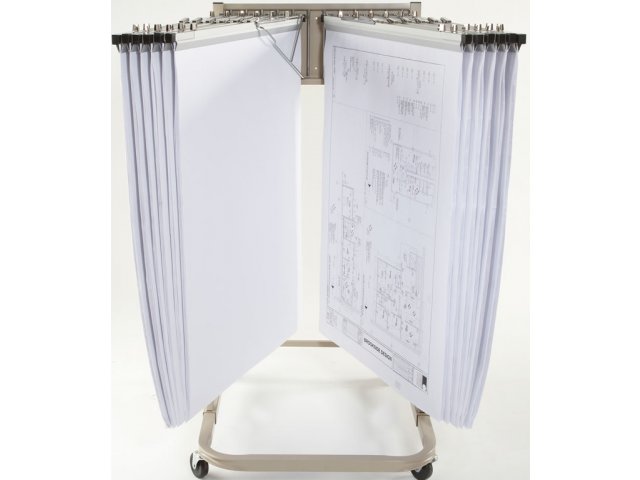
- #BLUEPRINT STORAGE RACKS FULL#
- #BLUEPRINT STORAGE RACKS SOFTWARE#
- #BLUEPRINT STORAGE RACKS DOWNLOAD#
#BLUEPRINT STORAGE RACKS SOFTWARE#
We are already seeing massive demand for AI compute accelerators, but balancing this with the right level of fabric and storage and enabling this scale requires well-designed software platforms.
#BLUEPRINT STORAGE RACKS FULL#
“As AI becomes a dominant workload in the data center, organizations need to start thinking intentionally about designing a full stack to solve their AI problems. “The AI market is fast-growing and we believe it will become a fundamental technology for enterprises to unlock outcomes faster and significantly improve productivity,” said Evan Sparks, chief product officer for Artificial Intelligence, at Hewlett Packard Enterprise. This new blueprint for organizations seeking to leverage AI to its fullest potential within their data centers, has received welcome support from customers. And as energy costs rise and environmental concerns grow, data centers must focus on energy-efficient hardware, such as high-efficiency power and cooling systems, and renewable power sources to help reduce operational costs and carbon footprint.” This puts a significant strain on the power and cooling infrastructure of data centers. “AI applications, especially training clusters, are highly compute-intensive and require large amounts of processing power provided by GPUs or specialized AI accelerators. To address these challenges, it’s important to consider several key attributes and trends of AI workloads that impact both new and existing data centers,” said Pankaj Sharma, Executive Vice President, Secure Power Division and Data Center Business at Schneider Electric. “As AI continues to advance, it places unique demands on data center design and management. The white paper introduces innovative concepts and best practices, positioning Schneider Electric as a frontrunner in the evolution of data center infrastructure. In an era where AI is reshaping industries and redefining competitiveness, Schneider Electric’s latest white paper paves the way for businesses to design data centers that are not just capable of supporting AI, but fully optimized for it.
#BLUEPRINT STORAGE RACKS DOWNLOAD#
White Paper 110 is available for download here. Servicing this projected energy demand involves several key considerations outlined in the White Paper, which addresses the four physical infrastructure categories – power, cooling, racks and software tools. Pioneering the Future of Data Center DesignĪI workloads are projected to grow at a compound annual growth rate (CAGR) of 26-36 per cent by 2028, leading to increased power demand within existing and new data centers. Data centers must adapt to meet the evolving power needs of AI-driven applications effectively. As AI applications have become more prevalent and impactful on industry sectors ranging from healthcare and finance to manufacturing, transportation and entertainment, so too has the demand for processing power.

Titled " The AI Disruption: Challenges and Guidance for Data Center Design," this groundbreaking document provides invaluable insights and acts as a comprehensive blueprint for organizations seeking to leverage AI to its fullest potential within their data centers, including a forward-looking view of emerging technologies to support high density AI clusters in the future.Īrtificial Intelligence disruption has brought about significant changes and challenges in data center design and operation.



Schneider Electric, the leader in the digital transformation of energy management and automation, today announced the launch of an industry-first guide to addressing new physical infrastructure design challenges for data centers to support the shift in artificial intelligence (AI)-driven workloads, setting the gold standard for AI-optimized data center design. Schneider Electric Issues Industry-first Blueprint for Optimizing Data Centers to Harness the Power of Artificial Intelligenceĭata Centers Must Adapt Physical Infrastructure Design to Meet Evolving Needs in the Era of Artificial Intelligence (AI) Disruption


 0 kommentar(er)
0 kommentar(er)
